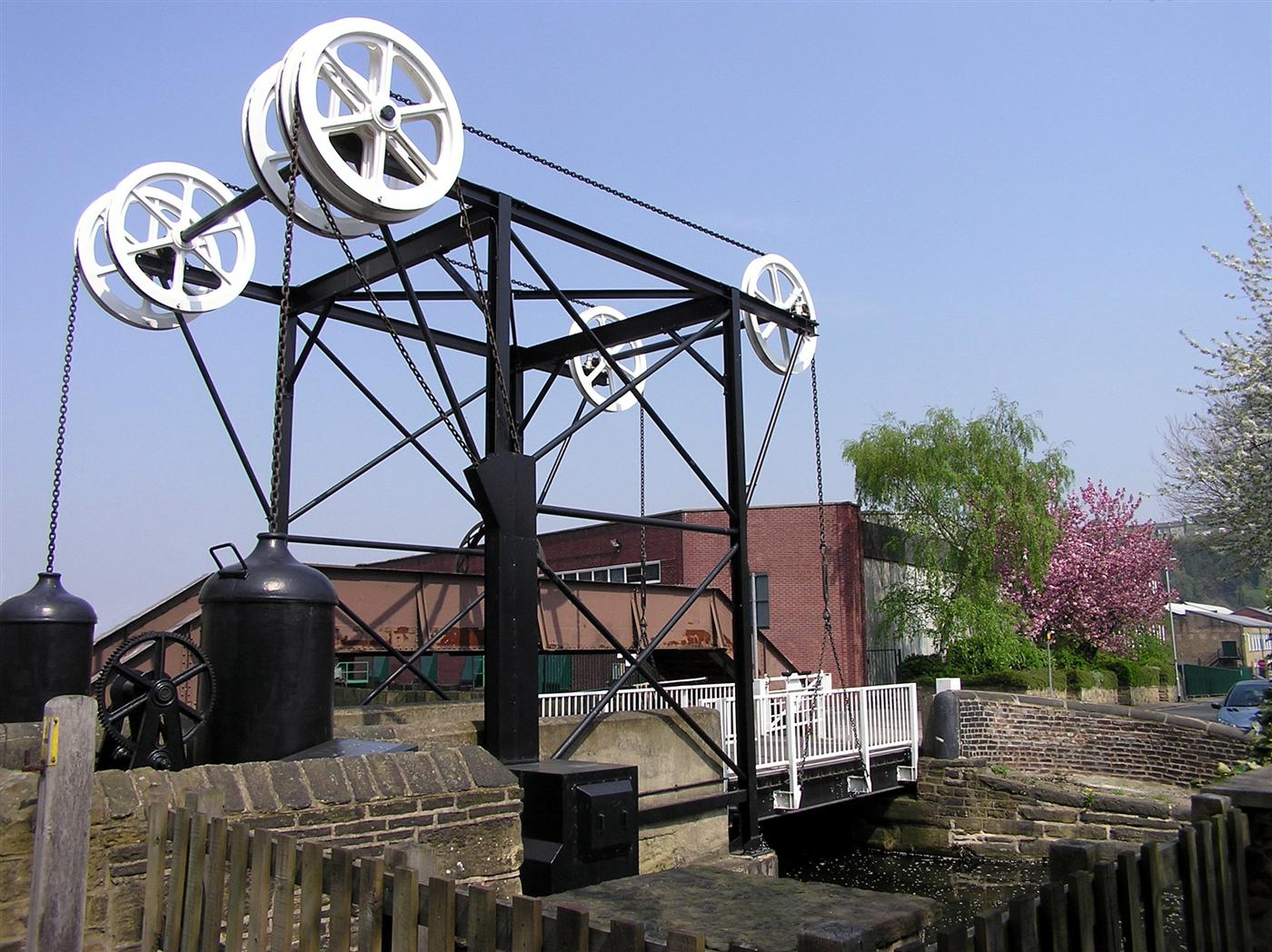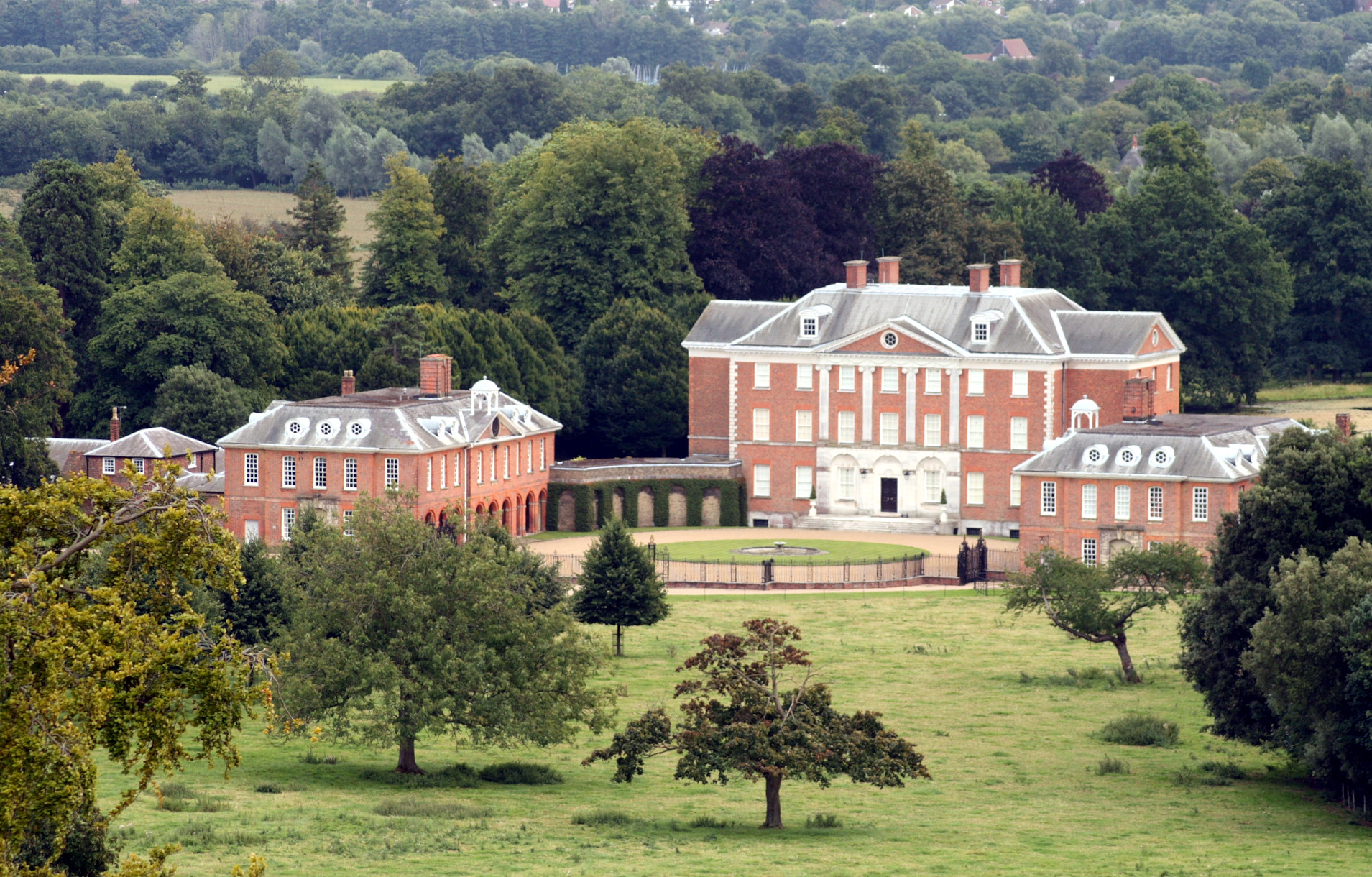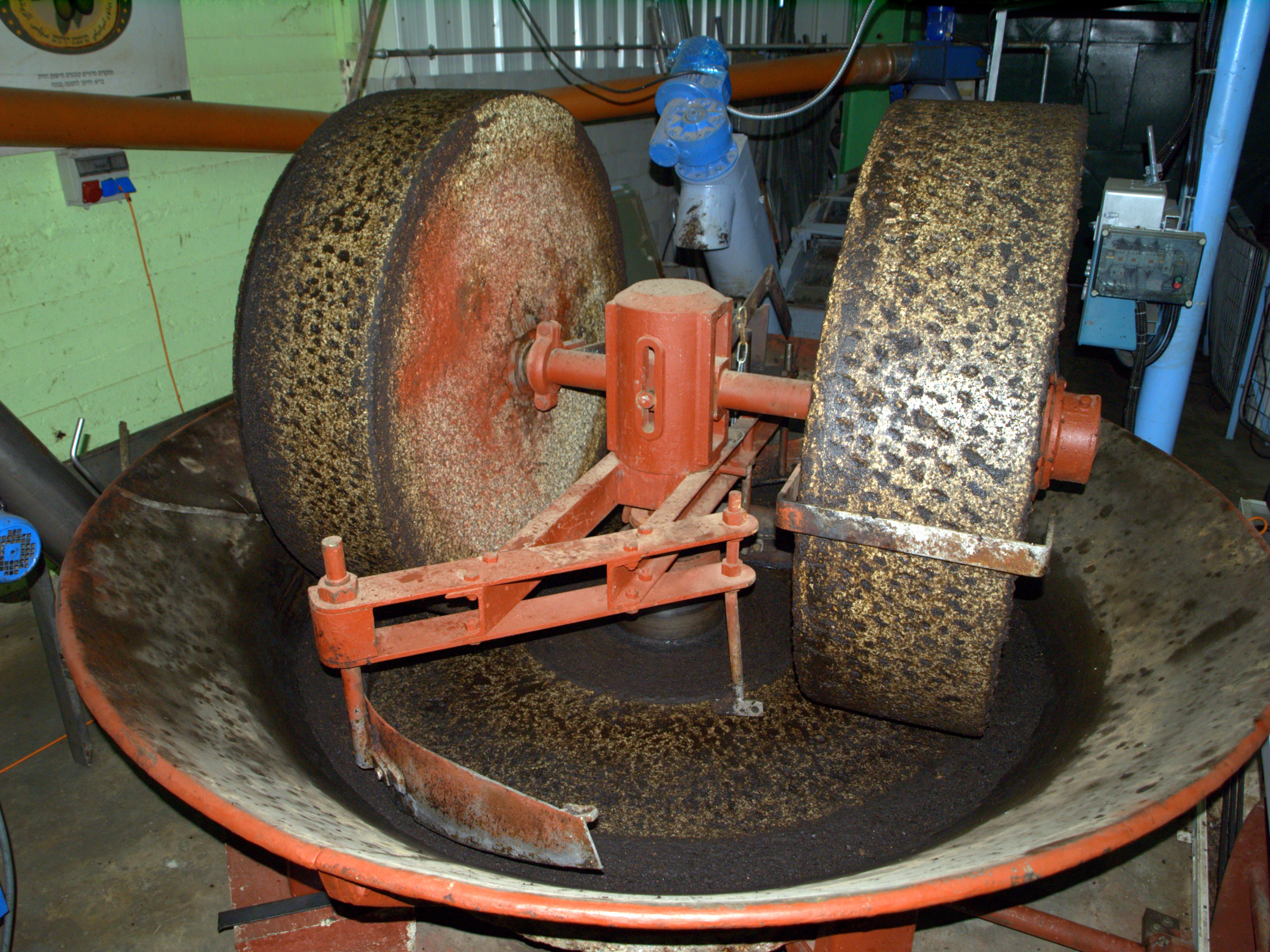|
James White (inventor)
James White (1762 – 17 December 1825) was an English civil engineer and inventor. Born in Cirencester, he held an intense interest in mechanics at a young age. Moving to London in the 1780s, he created and patented various inventions, including a Differential (mechanical device), differential gear train and a model harbor crane. He moved to Paris in 1792, shortly following the French Revolution, and continued work in designing industrial machinery. Inventions from his period in Paris include an Articulated vehicle, articulated or "serpentine" barge, a new form of turbine, and an automatic wire nail-making machine. He presented a novel straight-line mechanism at the 1801 Exposition des produits de l'industrie française at the Louvre, and was awarded a medal by Napoleon, Napoleon Bonaparte. He returned to England following the end of the Napoleonic Wars, and settled in the industrial and manufacturing center of Manchester. He published ''A New Century of Inventions'' in 1822, de ... [...More Info...] [...Related Items...] OR: [Wikipedia] [Google] [Baidu] |
Cirencester
Cirencester ( , ; see #Pronunciation, below for more variations) is a market town and civil parish in the Cotswold District of Gloucestershire, England. Cirencester lies on the River Churn, a tributary of the River Thames. It is the List of settlements in Gloucestershire by population, eighth largest settlement in Gloucestershire and the largest town within the Cotswolds. It is the home of the Royal Agricultural University, the oldest agricultural college in the English-speaking world, founded in 1840. The town had a population of 20,229 in 2021. The town is northwest of Swindon, southeast of Gloucester, west of Oxford and northeast of Bristol. The Roman name for the town was Corinium, which is thought to have been associated with the ancient British tribe of the ''Dobunni'', having the same root word as the River Churn. The earliest known reference to the town was by Ptolemy in AD 150. The town's Corinium Museum has an extensive Roman Britain, Roman collection. Cirences ... [...More Info...] [...Related Items...] OR: [Wikipedia] [Google] [Baidu] |
Chinese Windlass
The windlass is an apparatus for moving heavy weights. Typically, a windlass consists of a horizontal cylinder (barrel), which is rotated by the turn of a crank or belt. A winch is affixed to one or both ends, and a cable or rope is wound around the winch, pulling a weight attached to the opposite end. The Greek scientist Archimedes was the inventor of the windlass. A surviving medieval windlass, dated to –1400, is in the Church of St Mary and All Saints, Chesterfield. The oldest depiction of a windlass for raising water can be found in the Book of Agriculture published in 1313 by the Chinese official Wang Zhen of the Yuan Dynasty ( 1290–1333). Uses * Vitruvius, a military engineer writing about 28 BC, defined a machine as "a combination of timber fastened together, chiefly efficacious in moving great weights". About a century later, Hero of Alexandria summarized the practice of his day by naming the "five simple machines" for "moving a given weight by a given f ... [...More Info...] [...Related Items...] OR: [Wikipedia] [Google] [Baidu] |
Micrometer (device)
A micrometer, sometimes known as a micrometer screw gauge (MSG), is a device incorporating a calibrated screw for Accuracy and precision, accurate measurement of the size of components. It widely used in mechanical engineering, machining, metrology as well as most mechanical trades, along with other dimensional instruments such as Caliper#Dial caliper, dial, Caliper#Vernier caliper, vernier, and Caliper#Digital caliper, digital calipers. Micrometers are usually, but not always, in the form of calipers (opposing ends joined by a frame). The spindle is a very accurately machined screw and the object to be measured is placed between the spindle and the anvil. The spindle is moved by turning the ratchet knob or thimble until the object to be measured is lightly touched by both the spindle and the anvil. History The word ''micrometer'' is a classical compound, neoclassical coinage from and . According to the Webster's Dictionary#Merriam-Webster Collegiate Dictionary, ''Merriam-Web ... [...More Info...] [...Related Items...] OR: [Wikipedia] [Google] [Baidu] |
Île Saint-Louis
Île Saint-Louis (), in size, is one of two natural islands in the Seine river, in Paris, France (the other natural island is the Île de la Cité, where Notre-Dame de Paris is located). Île Saint-Louis is connected to the rest of Paris by four bridges to both banks of the river and to the Île de la Cité by the Pont Saint-Louis. The island is located within the 4th arrondissement of Paris and has a population of 4,453. History File:Île aux Vaches & île Notre-Dame, Plan de Vassalieu ca. 1609.jpg, Île aux Vaches and Île Notre-Dame in Vassalieu Plan (1609) File:Islands of Paris, 1618.jpg, The islands Île aux Vaches and Île Notre-Dame in 1618 File:Ile St-Louis Plan de Turgot 1739.jpg, Île Saint-Louis in Turgot Map (1739) The island was first known as the Île Notre-Dame, and was used mostly for grazing cattle, fishing, drying laundry, and occasionally for fighting duels. In 1360 it was cut in half by a canal, at about the current Rue Poulettiere, in order to bring it ... [...More Info...] [...Related Items...] OR: [Wikipedia] [Google] [Baidu] |
Paris
Paris () is the Capital city, capital and List of communes in France with over 20,000 inhabitants, largest city of France. With an estimated population of 2,048,472 residents in January 2025 in an area of more than , Paris is the List of cities in the European Union by population within city limits, fourth-most populous city in the European Union and the List of cities proper by population density, 30th most densely populated city in the world in 2022. Since the 17th century, Paris has been one of the world's major centres of finance, diplomacy, commerce, culture, Fashion capital, fashion, and gastronomy. Because of its leading role in the French art, arts and Science and technology in France, sciences and its early adoption of extensive street lighting, Paris became known as the City of Light in the 19th century. The City of Paris is the centre of the Île-de-France region, or Paris Region, with an official estimated population of 12,271,794 inhabitants in January 2023, or ... [...More Info...] [...Related Items...] OR: [Wikipedia] [Google] [Baidu] |
Exposition Des Produits De L'industrie Française, Dans La Cour Du Louvre, 1801
Exposition (also the French for exhibition) may refer to: *Universal exposition or World's Fair *Expository writing *Exposition (narrative), background information in a story *Exposition (music) *Trade fair * ''Exposition'' (album), the debut album by the band Wax on Radio *Expository preaching Expository preaching, also known as expositional preaching, is a form of preaching that details the meaning of a particular text or passage of Scripture. It explains what the Bible means by what it says. Exegesis is technical and grammatical ex ... See also * Expo (other) * Expose (other) * Expos {{disambig ... [...More Info...] [...Related Items...] OR: [Wikipedia] [Google] [Baidu] |
3rd Earl Stanhope
Charles Stanhope, 3rd Earl Stanhope, aka Charles Mahon, 3rd Earl Stanhope, FRS (3 August 175315 December 1816), was a British statesman, inventor, and scientist. He was the father of Lady Hester Stanhope and brother-in-law of William Pitt the Younger. He is sometimes confused with an exact contemporary of his, Charles Stanhope, 3rd Earl of Harrington. Early life The son of Philip Stanhope, 2nd Earl Stanhope, he was educated at Eton and the University of Geneva. While in Geneva, he devoted himself to the study of mathematics under Georges-Louis Le Sage, and acquired from Switzerland an intense love of liberty. Politics In politics he was a democrat. As Lord Mahon he contested the Westminster without success in 1774, when only just of age; but from the general election of 1780 until his accession to the peerage on 7 March 1786 he represented through the influence of Lord Shelburne the Buckinghamshire borough of High Wycombe. During the sessions of 1783 and 1784 he suppor ... [...More Info...] [...Related Items...] OR: [Wikipedia] [Google] [Baidu] |
Chevening
Chevening House () is a large country house in the parish of Chevening in Kent, England. Built between 1617 and 1630 to a design reputedly by Inigo Jones and greatly extended after 1717, it is a Grade I listed building. The surrounding gardens, pleasure grounds and park are listed Grade II*. Formerly the principal seat of the earls Stanhope, the house and estate are owned and maintained at the expense of the trust of the Chevening Estate, under the Chevening Estate Act 1959 (amended 1987), to serve as a furnished country residence for a person nominated by the prime minister, so qualified by being a member of the Cabinet or a descendant of King George VI. The nominee pays for their own private living expenses when in residence but government departments arrange and effect official business at the estate. Chevening House is not an official residence, but has been traditionally used by the Foreign Secretary. History There has been a house on the site since at least 1199 and t ... [...More Info...] [...Related Items...] OR: [Wikipedia] [Google] [Baidu] |
Joseph Williamson (clockmaker)
Joseph Williamson may refer to: * Joseph Williamson (English politician) (1633–1701), English politician * Joseph Williamson (philanthropist) (1769–1840), British tobacco magnate, directed construction of Williamson Tunnels * Joseph Williamson (Maine politician) (1789–1854), American politician in Maine {{DEFAULTSORT:Williamson, Joseph ... [...More Info...] [...Related Items...] OR: [Wikipedia] [Google] [Baidu] |
Clockmaker
A clockmaker is an artisan who makes and/or repairs clocks. Since almost all clocks are now factory-made, most modern clockmakers only repair clocks. Modern clockmakers may be employed by jewellers, antique shops, and places devoted strictly to repairing clocks and watches. Clockmakers must be able to read blueprints and instructions for numerous types of clocks and time pieces that vary from antique clocks to modern time pieces in order to fix and make clocks or watches. The trade requires fine motor coordination as clockmakers must frequently work on devices with small gears and fine machinery. Originally, clockmakers were master craftsmen who designed and built clocks by hand. Since modern clockmakers are required to repair antique, handmade or one-of-a-kind clocks for which parts are not available, they must have some of the design and fabrication abilities of the original craftsmen. A qualified clockmaker can typically design and make a missing piece for a clock with ... [...More Info...] [...Related Items...] OR: [Wikipedia] [Google] [Baidu] |
Kent
Kent is a Ceremonial counties of England, ceremonial county in South East England. It is bordered by Essex across the Thames Estuary to the north, the Strait of Dover to the south-east, East Sussex to the south-west, Surrey to the west, and Greater London to the north-west. The county town is Maidstone. The county has an area of and had population of 1,875,893 in 2022, making it the Ceremonial counties of England#Lieutenancy areas since 1997, fifth most populous county in England. The north of the county contains a conurbation which includes the towns of Chatham, Kent, Chatham, Gillingham, Kent, Gillingham, and Rochester, Kent, Rochester. Other large towns are Maidstone and Ashford, Kent, Ashford, and the City of Canterbury, borough of Canterbury holds City status in the United Kingdom, city status. For local government purposes Kent consists of a non-metropolitan county, with twelve districts, and the unitary authority area of Medway. The county historically included south-ea ... [...More Info...] [...Related Items...] OR: [Wikipedia] [Google] [Baidu] |
Millstone
Millstones or mill stones are stones used in gristmills, used for triturating, crushing or, more specifically, grinding wheat or other grains. They are sometimes referred to as grindstones or grinding stones. Millstones come in pairs: a stationary base with a convex rim known as the bedstone (or nether millstone) and a concave-rimmed runner stone that rotates. The movement of the runner on top of the bedstone creates a "scissoring" action that grinds grain trapped between the stones. Millstones are constructed so that their shape and configuration help to channel ground flour to the outer edges of the mechanism for collection. The runner stone is supported by a cross-shaped metal piece ( millrind or rynd) fixed to a "mace head" topping the main shaft or spindle leading to the driving mechanism of the mill (wind, water (including tide), or other means). History The origins of an industry Often referred to as the "oldest industry", the use of the millstone is inextr ... [...More Info...] [...Related Items...] OR: [Wikipedia] [Google] [Baidu] |






